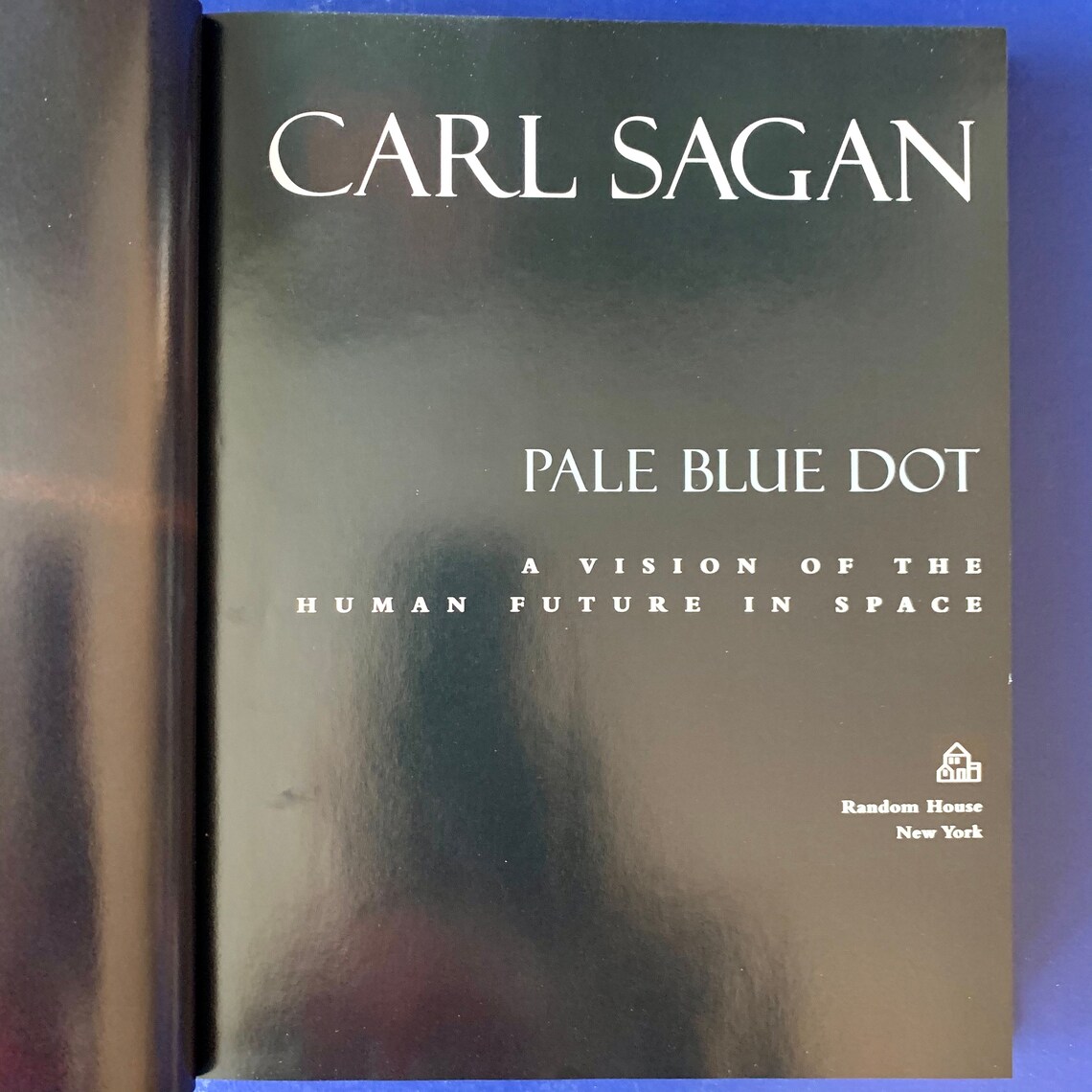


Think of the rivers of blood spilled by all those generals and emperors so that, in glory and triumph, they could become the momentary masters of a fraction of a dot. The Earth is a very small stage in a vast cosmic arena. The aggregate of our joy and suffering, thousands of confident religions, ideologies, and economic doctrines, every hunter and forager, every hero and coward, every creator and destroyer of civilization, every king and peasant, every young couple in love, every mother and father, hopeful child, inventor and explorer, every teacher of morals, every corrupt politician, every “superstar,” every “supreme leader,” every saint and sinner in the history of our species lived there–on a mote of dust suspended in a sunbeam. On it everyone you love, everyone you know, everyone you ever heard of, every human being who ever was, lived out their lives. Sagan was deeply moved by this image and wrote a passage about it in his book “Pale Blue Dot: A Vision of the Human Future in Space.” It is one of my favorite quotes. The resulting image showed Earth as a tiny, pale blue dot in the vastness of space. This made science more accessible to the general public and inspired a new generation of scientists and science communicators.īut perhaps one of Carl Sagan’s most poignant and moving moments was his description of the “pale blue dot.” In 1990, the Voyager 1 spacecraft was on its way out of the solar system and had turned its camera around to take a photograph of Earth from a distance of about 6 billion kilometers away.

In “Cosmos,” Sagan explored the vastness and complexity of the universe, using stunning visuals and relatable analogies to explain complex concepts. One of Carl Sagan’s most famous works was his book “ Cosmos,” which was later turned into a TV series of the same name. His contributions to astronomy, astrophysics, and planetary science were significant, but his greatest legacy was perhaps his ability to make science accessible to everyone through his popular science books, TV shows, and public lectures. Carl Sagan was a visionary scientist, science communicator, and author who played a crucial role in advancing our understanding of the universe.


 0 kommentar(er)
0 kommentar(er)
